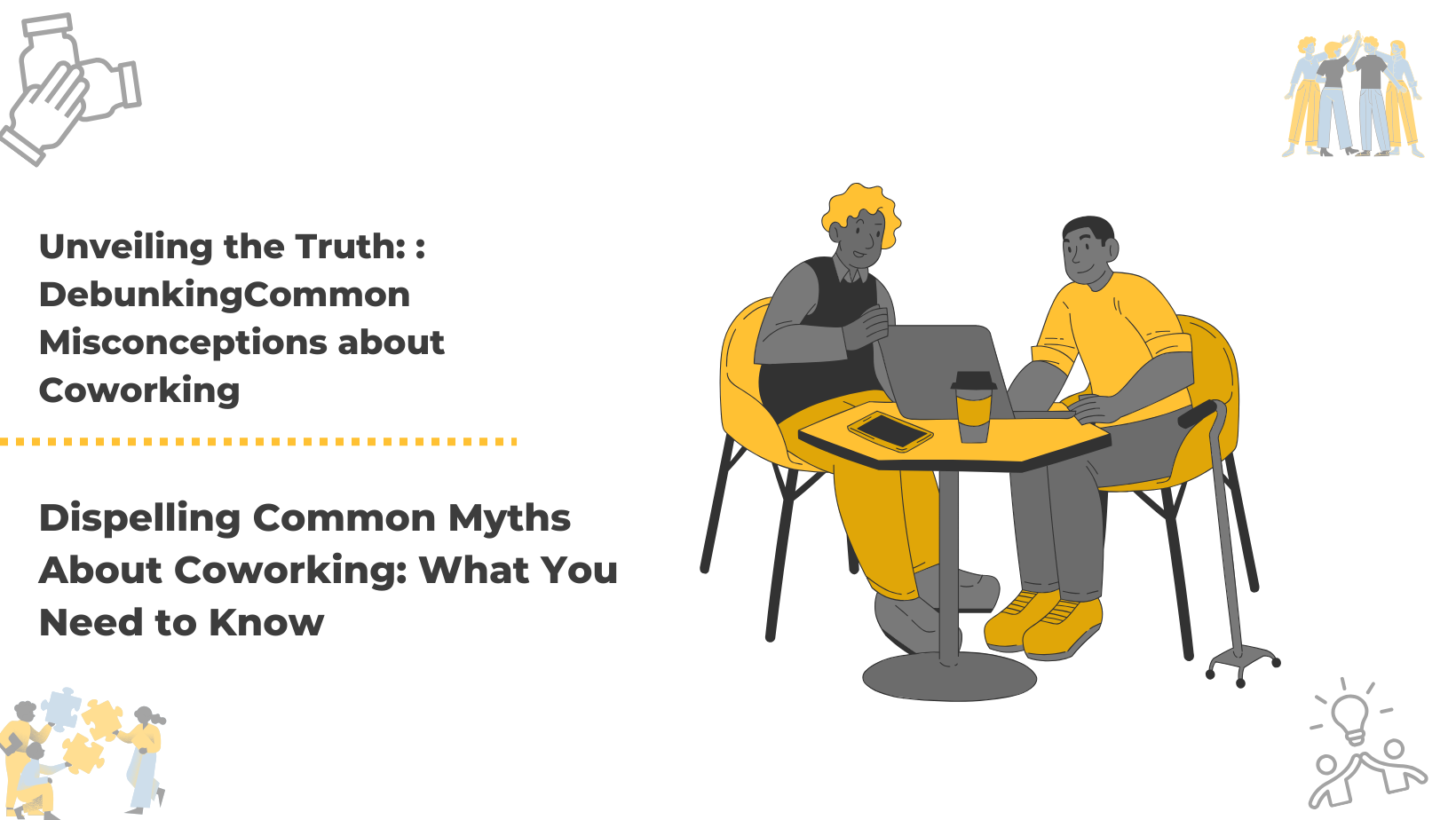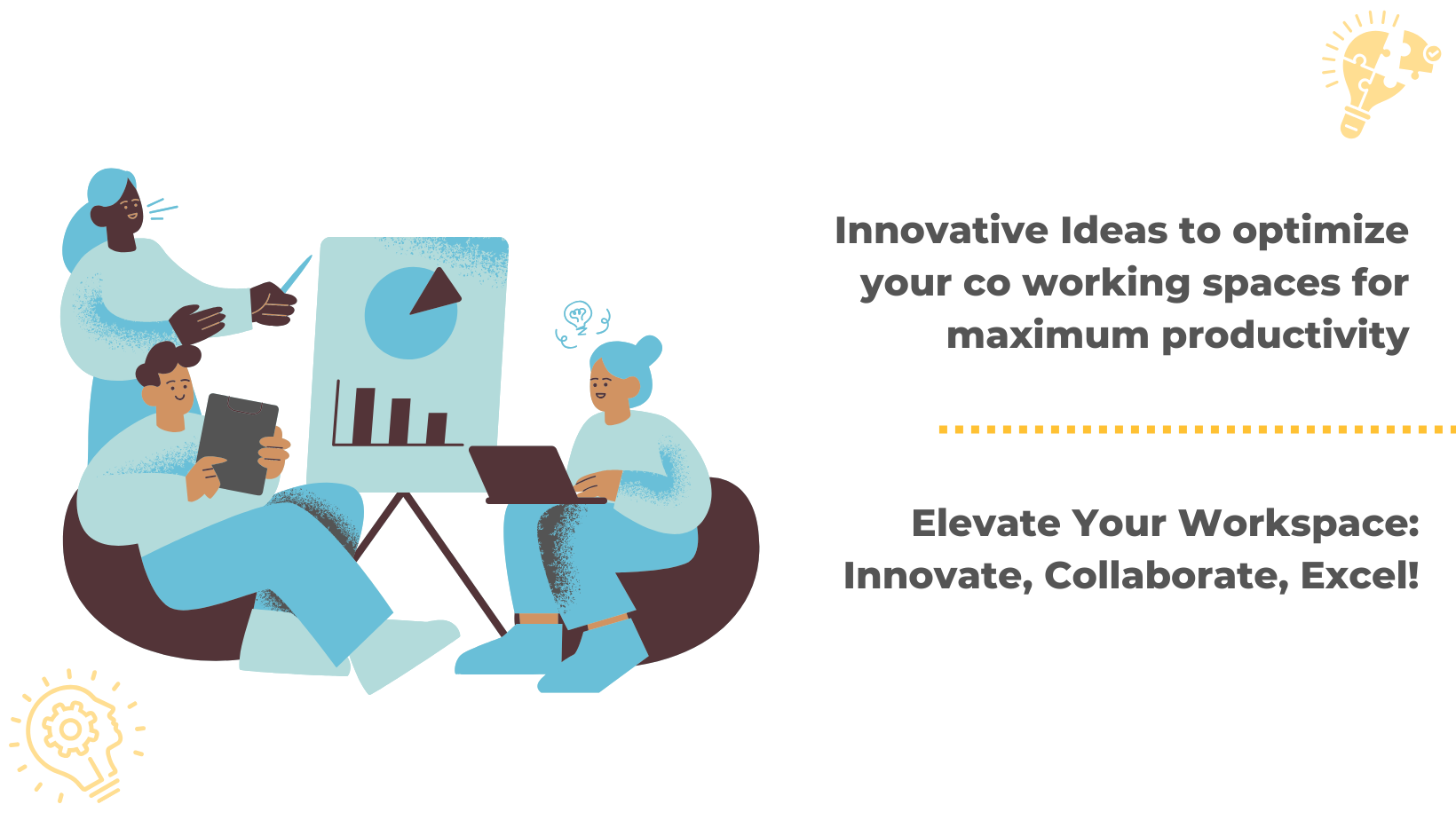Ever felt a surge of focus while gazing out a window at a park, or noticed your stress melt away surrounded by houseplants? There's a reason for that – it's the power of nature. Biophilic design, the practice of incorporating natural elements into the built environment, is backed by science as a powerful tool to enhance our well-being and cognitive function. In this blog, we'll delve into the science behind biophilic design and explore its potential to revolutionize coworking spaces.
The De-Stressing Power of Nature:
Chronic stress is a modern epidemic, impacting everything from our physical health to our productivity. Biophilic design offers a compelling solution. Studies like Ulrich et al.'s (1991) landmark research demonstrate a clear link between exposure to nature and reduced stress levels. Patients recovering in hospital rooms with views of nature exhibited lower cortisol (the stress hormone) levels and faster recovery times compared to those with views of a brick wall. Integrating natural elements like plants and natural light into coworking spaces can create a calmer, more restorative environment, potentially leading to a healthier and more productive workforce.
Boosting Brain Power with Biophilia:
Biophilic design goes beyond just reducing stress. Research suggests it can significantly enhance cognitive function. Studies like Kaplan's (1995) work showcase how exposure to nature improves attention, creativity, and problem-solving skills. Participants performed demonstrably better on cognitive tasks after spending time in nature compared to an urban environment. By incorporating biophilic elements like natural textures, water features, and calming color palettes into coworking spaces, we can potentially unlock the cognitive potential of users, leading to increased innovation and productivity within the collaborative workspace.
Nature: The Social Connector:
Biophilic design isn't just about individual well-being; it fosters social interaction and collaboration. Studies have shown that surrounding people with natural elements makes them feel more relaxed and open, leading to more frequent and meaningful interactions. This is particularly valuable in coworking spaces, where collaboration and networking are central to the experience. By creating environments that encourage social interaction through biophilic design, coworking spaces can foster a stronger sense of community among users, enriching the overall experience.
Global Examples of Biophilic Design in Coworking:
WeWork Greenery: WeWork, a global coworking giant, has embraced biophilic design in many of its locations. Their Shanghai office boasts a stunning vertical garden, while their Bengaluru space features lush greenery throughout the common areas. These elements have been credited with creating a more inspiring and calming work environment for members.
Platform Melbourne: This Australian coworking space incorporates a stunning rooftop terrace with herb gardens and native plants. This not only provides a beautiful outdoor escape but also fosters a sense of community as members gather and socialize in this biophilic haven.
Uncubate Coworking: Ahmedabad's Green Oasis
At Uncubate Coworking in Ahmedabad, we firmly believe in the power of biophilic design. More than just aesthetics, it's a core element of our philosophy to create a healthy and vibrant work environment.
Here's how we integrate biophilic design at Uncubate:
Living Walls: We don't just have a few plants scattered around; each of our offices boasts at least 4-5 strategically placed plants, creating a sense of connection with nature throughout the workspace.
Natural Light: We prioritize ample natural light in our design, promoting circadian rhythms and overall well-being.
Sustainable Materials: We use eco-friendly materials whenever possible, further aligning ourselves with the principles of biophilia.
Plants as Perks:
Our commitment to biophilic design extends beyond the workspace itself. We believe in fostering a connection with nature at home as well. That's why we believe in offering unique perks like gifting our members low-maintenance plants – a small gesture with a big impact on well-being on any special occasion.
The Future of Workspaces:
Biophilic design offers a compelling approach to creating healthier, more productive, and socially vibrant coworking spaces. By embracing the science-backed benefits of nature, we can design workspaces that harmonize with our natural inclinations, fostering a more positive and fulfilling work experience for all. So, the next time you're designing or choosing a coworking space, consider the power of biophilic design. Let's bring the outdoors in and watch creativity, collaboration, and well-being flourish!







